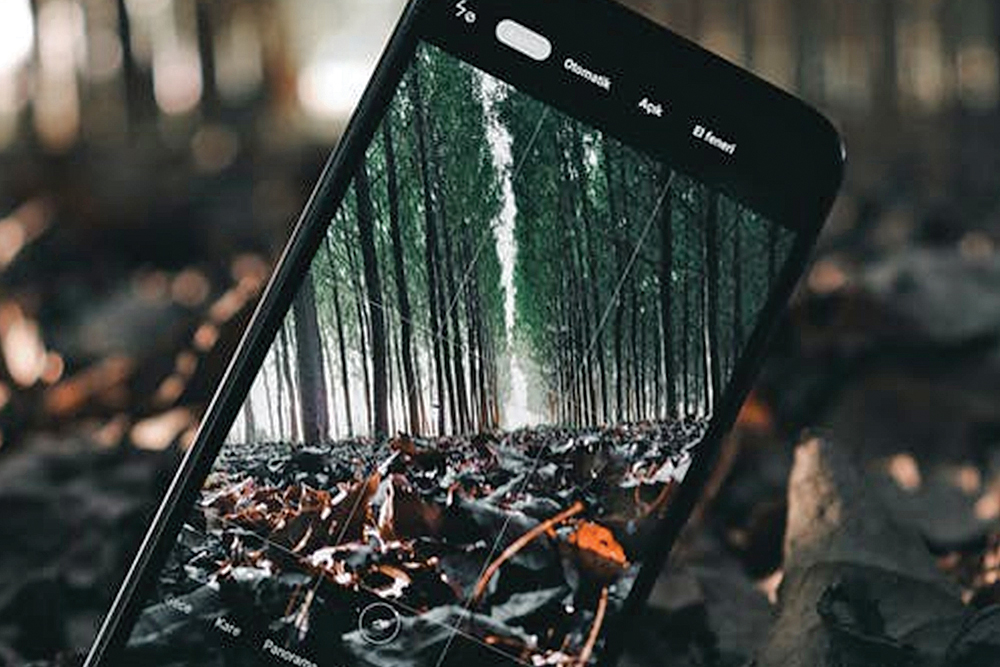
You might have heard for a long time from YouTubers and other professional reviewers that the Pixel and iPhone have been the consistent kings of the smartphone photography world. To cut a long story short, they are mostly right. We reviewers often use these smartphones as benchmarks to rate smartphone cameras, but as always there’s more to the story.
You see, there are a lot of factors that go into making a good camera, whether it concerns photography or videography. In the past, the photos that we took were solely dictated by the physical properties of the equipment you were using. Once the photo was etched into the film, there was very little that you could do to alter the image. You’d just take it to the studio and have it printed. We have come a long way since then. Most cameras are now complemented with computers. While the big-boy cameras like DSLRs still use their on-board computers for some after-the-shot software magic, smartphones are the device-class that truly make use of the computational horsepower. Perhaps, you have heard of computational photography.
Computational photography is a rather broad term that refers to the software enhancements that a camera can make to a photo after it has been taken. This is done by having the camera or cameras (as most smartphone these days have multiple cameras) take more data than a traditional camera would have taken. Then, the software uses this extra data to manipulate the original shot in a way that makes the final product better. Now the thing is, this 'better' is defined by the people who put together this software. That is why, even when you frame the same shot on different smartphones with the same physical sensors, the end result is rather easily discernible.
One headline that we have come to attribute to good camera performance is 'Megapixels'. The public consensus remains: the higher the 'megapixel' labelled on the device, the better the photographs hence taken. This public opinion has largely been leveraged by mid-tier smartphones to paint a false picture. You would be surprised to know that the iPhone used 12 megapixel sensors for the longest of time.
This brings me to the first point that I am trying to make: trust a brand’s reputation more than you trust the numbers that the marketing materials print out for you. Very few of us actually bother to dig deep into the spec-sheet and take the time to truly understand the hardware and software used in the smartphones available to us. We’d much rather settle for a streamlined gist that the smartphone’s marketing team prints out for the mass media. I am not advising you to completely forego the marketing material. I am just asking you to trust a brand’s reputation. It is often the case that smartphone manufacturers usually build upon the imaging processing software they already have at their disposal, and a good camera usually gets better with each iteration.
I understand that this might be a controversial suggestion as I should, in theory, be working to help you make a more informed decision, and this is me actively dissuading you from doing that. However, I have come to realise that, for the masses, this is the best way to go.
Another thing to note while choosing your smartphone camera is being honest with yourself about what kind of capabilities you might need. You see, it’s easy to fall into the hype train and think that you need that 100x periscope telephoto camera, or some gimmick micro-camera meant to shoot the lint on your trousers. How often will you need these features in real life? In most cases, you will be fine with a standard and an ultra-wide camera.
If you still need your camera to zoom in on subjects often, keep in mind 'optical' is almost always better than 'digital'. A digital zoom is basically cropping. Say you have 10 times digital zoom in a camera with a 3x telephoto lens. That’s basically cropping the shot captured by the 3x camera. Also, keep in mind optical image stabilisation (OIS) is better than digital image stabilisation, which is still better than nothing. Most often, mid-range smartphones only have OIS on one of their two or three or sometimes even four cameras, whilst still having the promotional material flaunt OIS on their website and elsewhere.
Finally, I’d suggest that you play around with some photo and video editing apps that you can get for free on the Play Store or the App Store. Unlike their desktop-class counterparts, smartphone apps have such a friendly user interface that basically anyone can make use of these apps. Even if your first edit doesn’t turn out great, don’t be scared to play around. Adobe Lightroom for smartphones is a good place to start.
With all that being said, photography and videography can be very subjective. Meaning, not everyone has the same taste in the final output. And, just like no one can exactly explain the taste of ice cream to you, no one can explain exactly what the photos taken on a specific smartphone look like. Always look for samples on the internet to get a gauge!
READ ALSO:
Published Date: August 31, 2022, 12:00 am
Post Comment
E-Magazine

